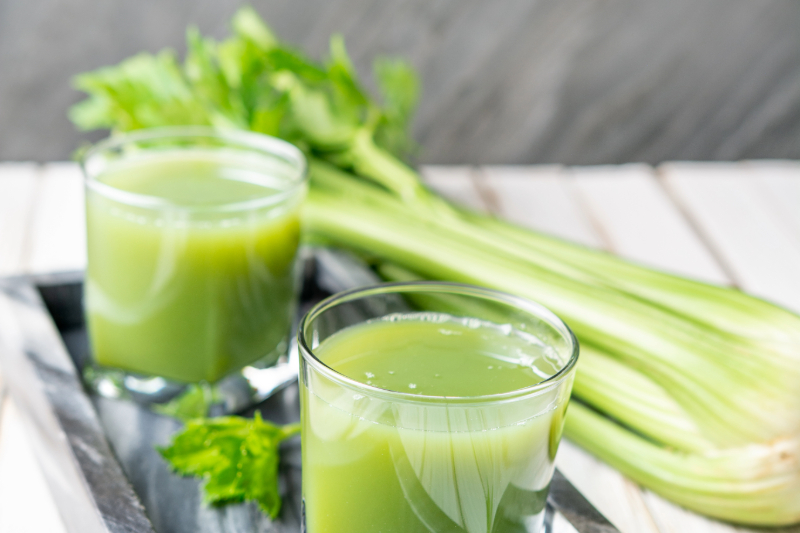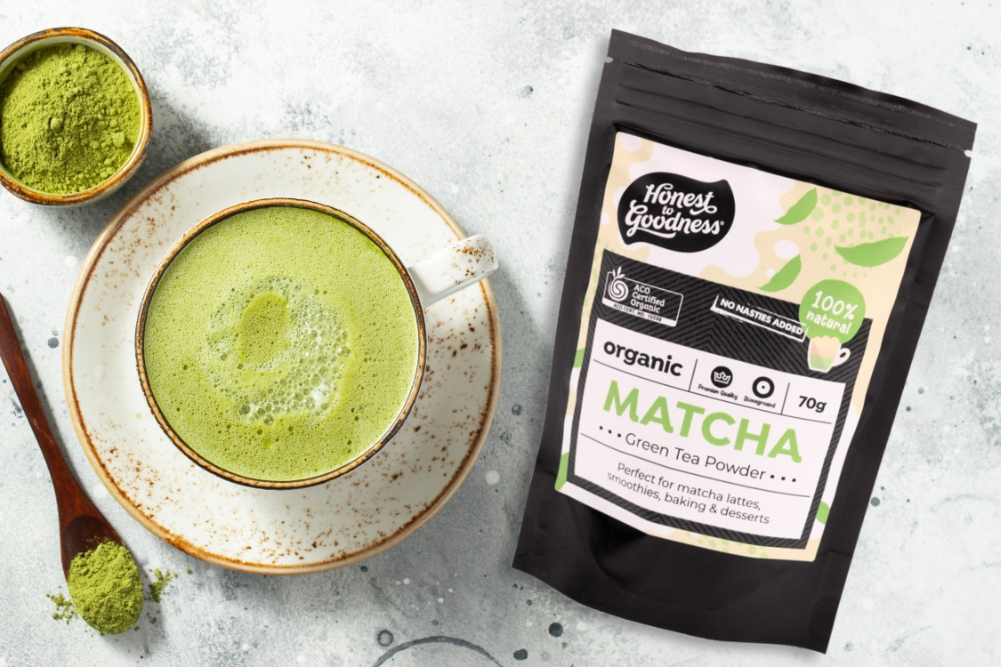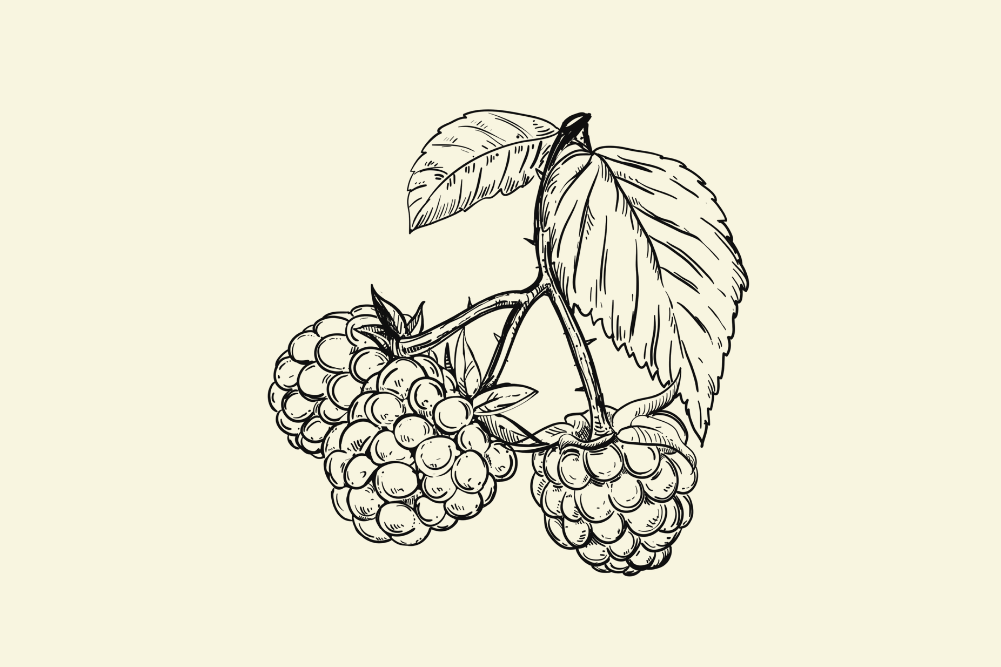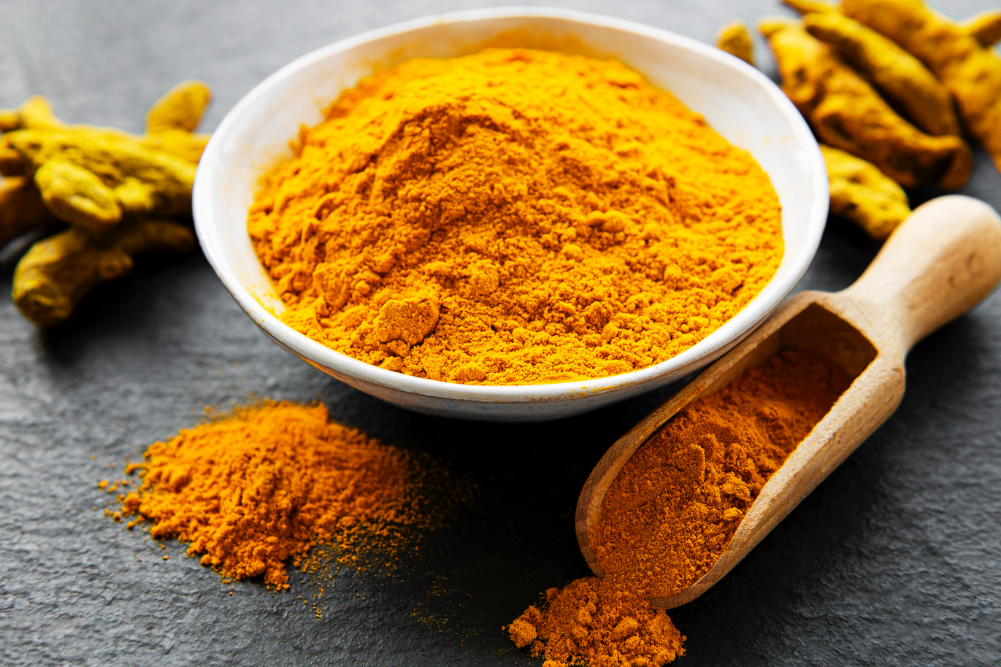DIY Immune Boost
With winter coming, it’s best to take preventative action before any bugs hit your system. Here we take a look at how celery, chilli and cinnamon can boost your immunity and support your overall health and wellness. These plants may not be the first ones you would think of to grow in your backyard, but they have both culinary and medicinal benefits. Understanding their properties and how easy they are to cultivate might just motivate you to plant them today.
Celery
Part of plant used
Stems
Seeds (most potent part)
Plant origin
Britain and other European countries
Description
Celery is a biennial plant with smooth, ridged stems, growing to
about 50cm.
Growing information
Celery grows best in full sun and favours cool to mild conditions. It needs plenty of moisture, so water it regularly. Green Crunch, Stringless, Tall Utah and Dorata D’Asti are some good varieties for the home garden.
Celery seed is very small and fiddly to work with, so it’s easier to plant as seedlings or sow direct. As well as its high demand for water, celery needs feeding, so liquid-feed fortnightly. If you let your plants suffer water or nutrient stress, the stalks may become bitter and stringy. Mulch well to reduce moisture loss.
Therapeutic ingredients & actions
Celery has been favourably compared to sports drinks in its ability to top up nutrients after strenuous activity, thanks to good concentrations of minerals iron, zinc, magnesium, potassium and calcium, as well as vitamins A, C, E, K and B12 and its high
water content.
Celery is also loaded with antioxidant flavonoids. Coumarin, in particular, has been found to have cancer-fighting actions by filtering out carcinogens and neutralising damaging free radicals. It also works with vitamin C to boost the immune system.
Celery reduces blood pressure. Phthalides, phytochemicals present in celery, relax artery walls and increase blood flow. Celery’s
high levels of potassium, magnesium and fibre also help regulate blood pressure.
It is a diuretic, anti-inflammatory and nutritive while also used for cleansing and detoxifying.
Traditional & modern uses
Arthritis and gout (the seed)
Urinary tract and kidney health
Liver and gallbladder health
Using celery in healing
Celery’s benefits can be gained from all parts of the plant — seeds, roots, stalks and leaves — so don’t throw out those leafy tops. The seeds can be made into infusions and tinctures for arthritis or gout.
When it’s ready to pick, harvest stalks as you need them from the outside inwards or cut off the whole plant at the base.
Chilli
Part of plant used
Fruit
Seeds
Plant origin
The tropical Americas
Description & identification
There are more than 400 different species of chilli including wild varieties. However, most cultivated varieties can be categorised within five species, which include Capsicum annum and Capsicum frutescens. Also known as the hot pepper, chilli is a perennial shrub growing to about a metre high. In summer it bears its hot-tasting fruits.
Growing information
Chilli likes plenty of sun and well-drained, fertile and moist soil. It also grows well in pots. Chilli prefers a warm tropical or subtropical climate and is frost intolerant. In warm climates it’s a perennial plant, but in cold zones it dies in winter.
Therapeutic ingredients & actions
• Warming circulatory stimulant
• Mildly analgesic
• Carminative (reduces gastrointestinal gas)
• Can help relieve congestion
• Eating chilli releases endorphins
• Antispasmodic
• Antiseptic
• Antimicrobial
• Expectorant (expels phlegm)
Capsaicin is the key active component responsible for chilli’s heating, stimulating action. Chilli also contains carotenoids,
flavonoids, volatile oil and (in the seeds) steroidal saponins. It’s high in vitamin C, antioxidants and other nutrients, but bear in mind it’s only consumed in small amounts.
Traditional & modern uses
• Poor circulation
• Wind and colic
• Respiratory congestion
• To stimulate digestive juices
• Digestive infections
• Rheumatism and arthritis (it relieves pain by acting as a counter-irritant, warming and stimulating circulation)
Using chilli in healing
Chilli can be made into an infused oil, powder, capsules and tincture as well as an ointment. Perhaps the easiest and tastiest way to enjoy chilli is straight off the bush in your food.
Cautions
Care should be taken when using chilli on the skin or eating large amounts. It’s an irritant and can cause burning and redness.
Consuming too much may cause nausea, abdominal pain, vomiting and burning diarrhoea. Avoid if you’re allergic to the Solanacaea (nightshade) family.
Cinnamon
Part of plant used
Inner bark
Plant origin
Sri Lanka and India
Description & identification
Cinnamon is an evergreen tree eight to 18m in height, with large, glossy leaves. The bark is a reddish-brown colour and the source of the spice. The tree bears yellow flowers in spring to summer. Cinnamomum verum (the true cinnamon) is often confused with Cassia (Chinese cinnamon), a close relative which is not as aromatic. The purplish-black berries are inedible.
Growing information
Cinnamon is rarely grown at home, likely due to its large size. However, the plant can be kept as a small shrub of up to 120cm with pruning. It can also be grown in a container and indoors. Cinnamon thrives in hot, humid tropics and subtropics. It can grow in full to partial sun but doesn’t need direct sun to grow. It requires well-drained soil and is susceptible to root rot, so keep it on the dry side. New trees are generally propagated from cuttings. Growing from seed is another option.
Therapeutic ingredients & actions
• Antibacterial and antifungal
• Digestive aid
• Warming circulation stimulant — especially for fingers and toes
• Mildly analgesic
• Antiseptic
• Antiviral
• Carminative (reduces intestinal gas)
• Astringent
• One of the key constituents is cinnamaldehyde (a volatile oil). Cinnamon also contains tannins, coumarins and mucilage
Traditional & modern uses
• Circulation problems including cold hands and feet
• Nausea
• Vomiting and diarrhoea
• Digestive problems including weak digestion
• Colds and flu
Using cinnamon in healing
Harvest the slender branches when about 3–5cm in width, cut and trim to 5cm lengths. Scrape or shave off any rough outer bark with a knife or scraper and score the inner bark lengthwise from end to end. Loosen and peel off, then dry. Cinnamon is generally taken internally as an infusion, tincture, tea or decoction. It can also be used as a powder and mouthwash.
Cautions
It’s advised that medicinal levels of cinnamon should be avoided in pregnancy. Avoid if you’re allergic to cinnamon or Peruvian balsam.
Words / Linda Moon








